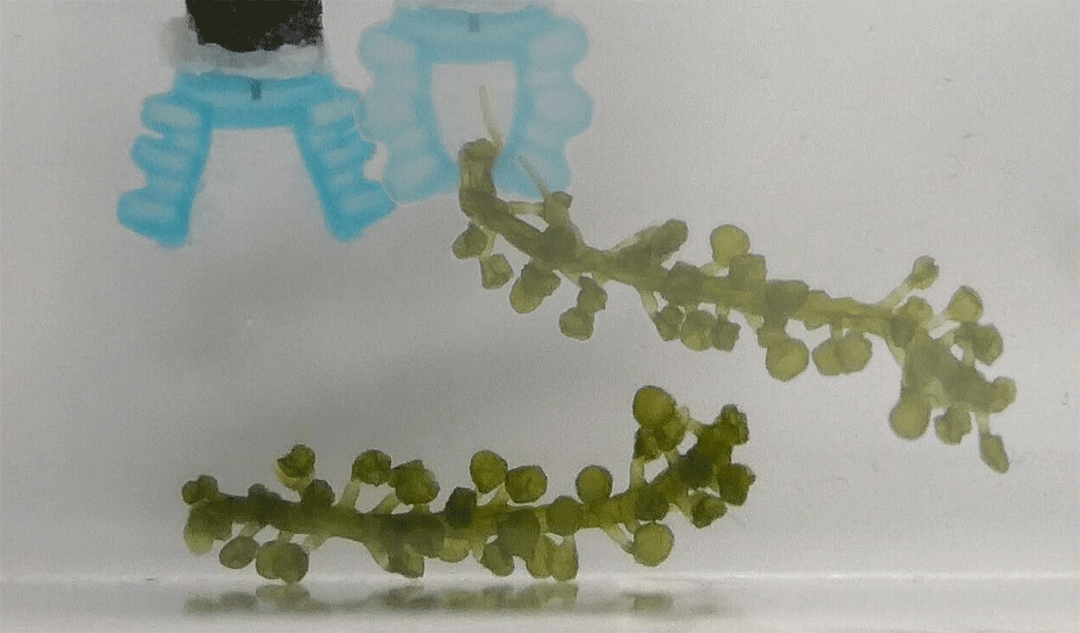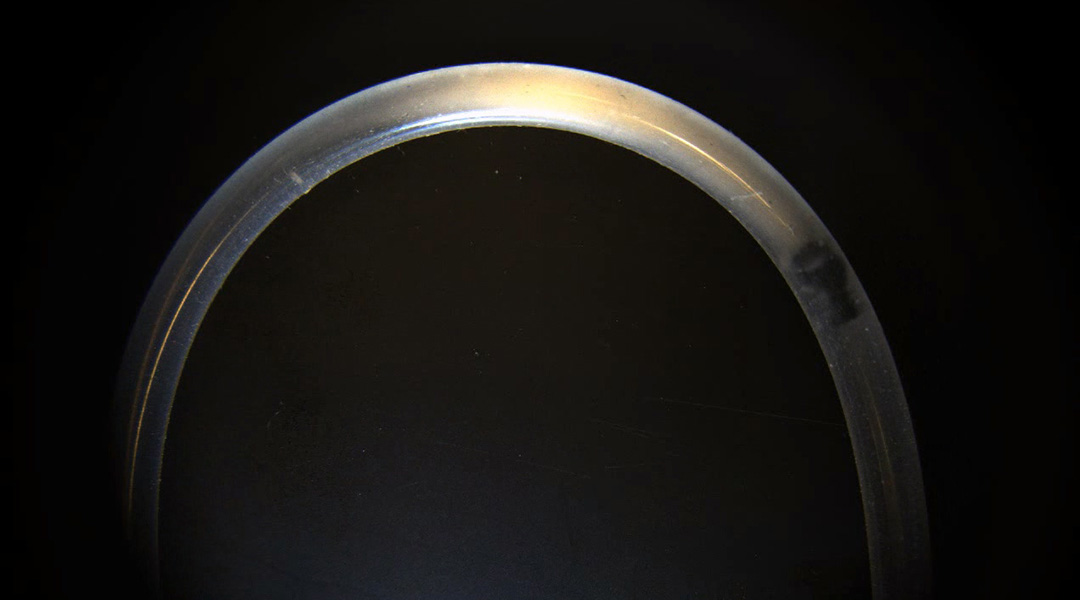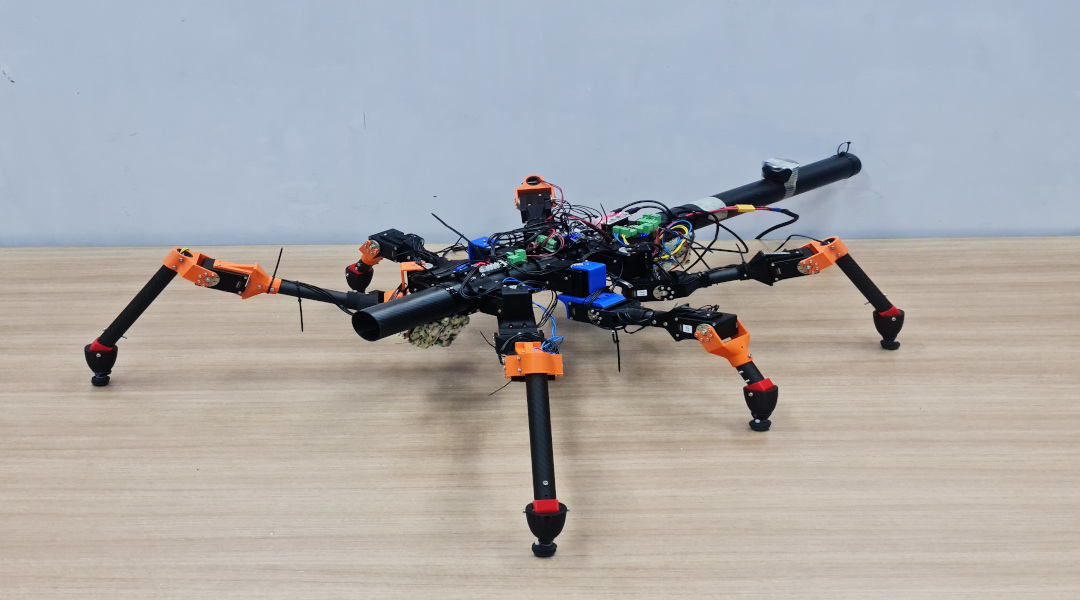Is AI that predicts which paintings are memorable and famous, regardless of content, style, or context, a threat to creativity or tool for positive change?


Is AI that predicts which paintings are memorable and famous, regardless of content, style, or context, a threat to creativity or tool for positive change?

Two well-known, abundant, and low-cost materials are finding new life in grid-scale energy storage and sustainable water splitting technologies.

Quantum key distribution is the only way to ensure an absolutely secured connection protected by the laws of quantum physics.

A partially edible robot based on a fully edible sensor addresses the burden of electronic waste while simultaneously acting as a nutrition source.

Biodegradable soft robots made from brown seaweed and hydrogels enable the exploration of fragile environments with minimal environmental impact.

A battery-free wearable device wirelessly monitors health using body heat for continuous power.

A textured film maximizes sunlight by generating an increased amount of red light, reducing the costs of algae production on a significant scale.

Magnetic hydrogel micromachines break up biofilms and release antibiotics, combating biofilm infections associated with medical devices.

FireDrone could be sent in ahead to find trapped people, assess layouts and unexpected hazards to allow responders to prepare accordingly and save more lives

Researchers use stick insect locomotion as inspiration for machine learning approaches to teaching robots how to walk.